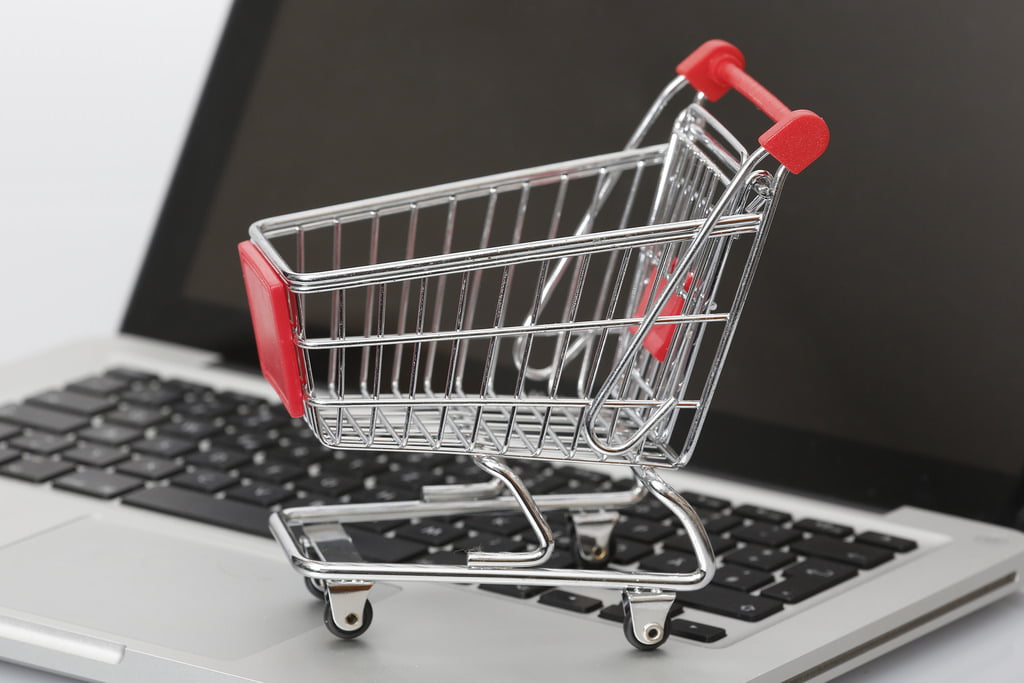Shopping online can be a great way to score a deal and avoid the crowds this Christmas shopping period. But beware, there are a lot of dishonest people and sites on the web. Read this helpful Tech Tip to help you shop safely and securely online this festive season. Safe Online Shopping is essential to protect yourself and your information.
Use familiar and trusted websites
Our first tip to safe online shopping is that you should always start by using a known and trusted site rather than shopping with a search engine. If you know the companies site address then enter that into the address bar. Search results can be rigged to lead you astray, especially when you drift past the first few pages of results. We all know Amazon.com and that it carries everything under the sun; likewise, just about every major retail outlet has an online store, from Target to Myer to Bunnings. Beware of misspellings or sites using a different top-level domain (.net instead of .com, for example)—those are the oldest tricks in the book. Yes, the sales on these sites might look enticing, but that’s how they trick you into giving up your info.
Look for the lock
Safe Online shopping starts when you first start browsing a web page and by taking notice of the web address you have visited. Never ever, ever buy anything online using your credit card from a site that doesn’t have SSL (secure socket layer) encryption installed—at the very least. You’ll know if the site has SSL because the URL for the site will start with HTTPS:// (instead of just HTTP://). An icon of a locked padlock will appear, typically in the status bar at the bottom of your web browser, or right next to the URL in the address bar. It depends on your browser.
Never, ever give anyone your credit card over email. Ever.

Restrict the information you provide
No online shopping store needs your TFN, Divers license number or your birthday to do business. However, if crooks get them, combined with your credit card number for purchases, they can do a lot of damage. The more they know, the easier it is to steal your identity. When possible, default to giving up the least amount of information. You will notice only the required information will have a red astrix next to the field.
Check Statements
Don’t wait for your bill to come at the end of the month. Go online regularly during the holiday season and look at electronic statements for your credit card, debit card, and checking accounts. Make sure you don’t see any fraudulent charges, even originating from sites like PayPal. (After all, there’s more than one way to get to your money.)
If you do see something wrong, pick up the phone to address the matter quickly. In the case of credit cards, pay the bill only once you know all your charges are accurate. You have 30 days to notify the bank or card issuer of problems, however; after that, you might be liable for the charges anyway.
Inoculate your PC
Swindlers don’t just sit around waiting for you to give them data sometimes they give you a little something extra to help things along. Ensure that you protect yourself against malware with regular updates to your anti-virus program. Make sure your home PC has a solid paid for anti virus program installed.
Know what you’re buying?
Know the business and know the product-
Only buy from websites you know and trust. Check that the company has a physical street address and landline phone number. If the company operates from overseas, you might have trouble getting a refund or repair.
Make sure you check whether:
- the item you are purchasing is legal
- the product will work in Australia
- shipping of the item is prohibited to Australia and will not get caught at customs.
- any warranties or guarantees offered are valid in Australia
- the product has an authorized repairer nearby
Read the fine print
Check the contract – Make sure you read and understand:
- the terms and conditions of sale
- the refund policy
- the delivery details
- returns and repairs policies, including any associated costs.
- check the full cost- Be aware of the full cost of your purchase. Additional costs may include:
- currency conversion
- taxes
- postage and delivery fees
It might end up being cheaper to buy the product at a local shop.
Keep records
Always write down any reference numbers and print out copies of:
- the order form (both before and after you confirm the order)
- receipts (can come by email or in a pop-up window).
Always make sure all charges are correct by checking the receipt against your:
- credit card statement
- merchant account statement (such as PayPal)
- bank statement.
- The charges may be converted from another currency.

